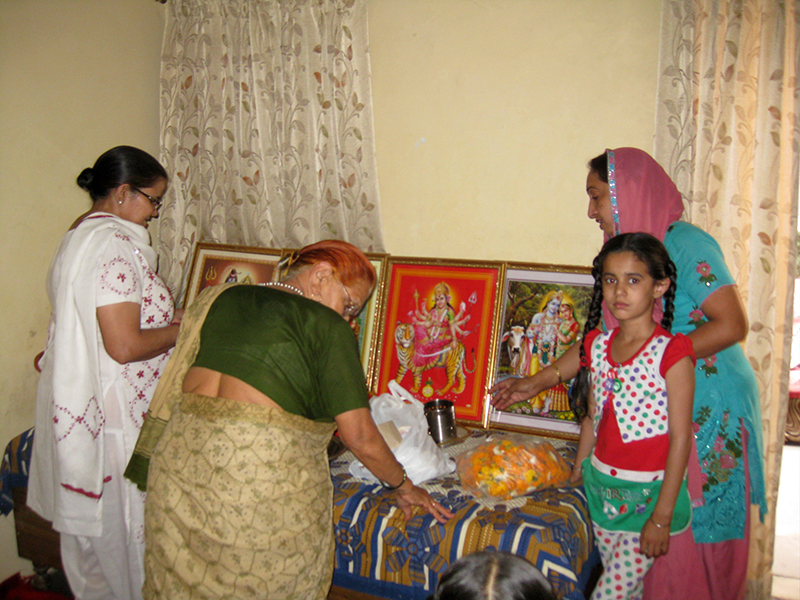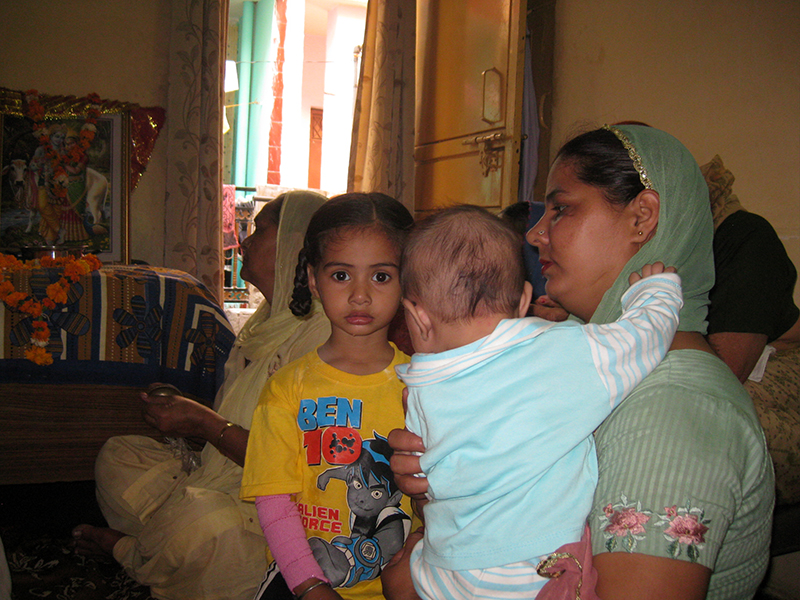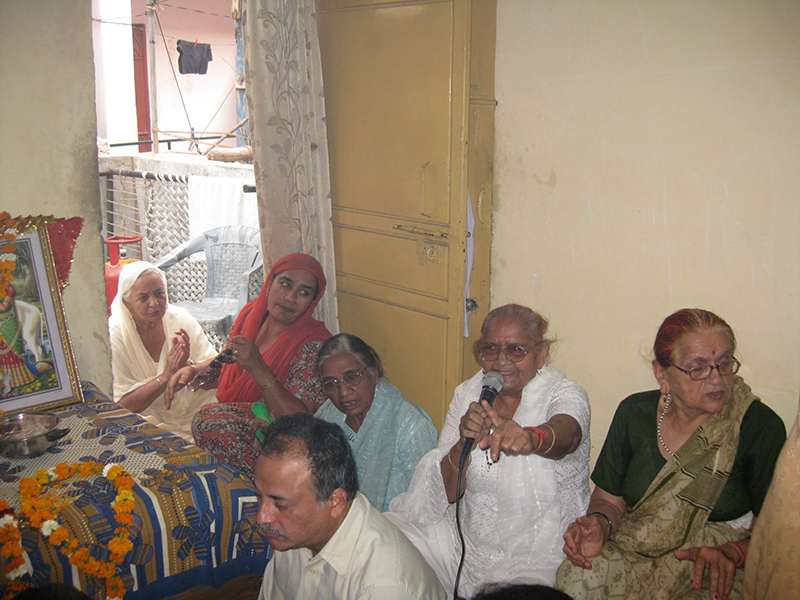Ashima Sood




Grant Period: Over one year and six months
The grant supported Hyderabad-based researcher Ashima Sood to undertake research into the phenomenon and performance aesthetics of five kirtan mandalis located in south Delhi. Devotional music encompasses a variety of settings, aesthetics and faiths. In the Punjabi versions, in particular, the form is closely associated with other devotional performance genres such as the jagrataand chowki. Although kirtan singing is led by mandalis of five members, audience participation is crucial. Characteristics of this form of performance, in relation to understanding community traditions of kirtan as an artistic practice, are pointed out by Ashima.
In recent years, the performance-oriented forms of kirtanhave departed from their amateur community setting. Technology/commercial media have isolated the music from its performance and ritual contexts, reconstituting its social meanings. Recording companies have transformed devotional music traditions as these recordings dispense with the performer-audience interaction that is central to these forms. Devotional music via these new technologies favours men, overwhelmingly. However, alongside this popular mainstream kirtan culture, there also exists a parallel ‘subaltern’ kirtan tradition that offers access to excluded groups such as lower middle class and lower caste women. In the galis and mohallas across Punjab and urban north India, a community kirtantradition continues to be passed down from mother to daughter. Interestingly, although women have often been discouraged from participating in kirtans, female-led kirtan mandalis are especially popular among Punjabi women. ‘Subaltern’ mandalis rely on simple instruments like the dholki, cymbals and the clapping hand as an accompaniment to the voice. In accommodating diverse participants, these mandalis have also expanded their pantheon of deities to include lesser known gods outside the brahminical fold.
With special focus on female mandalis, the study attempted to understand how gender, caste and socio-economic composition are reflected in the aesthetics of the form, and how that shapes the experience of community for the participants. Ashima’s research was restricted to the “regularised, unathourised” colony of Govindpuri extension and its surrounds. Through structured interviews and oral history methods, she did a comparative study of five amateur and professional female and male-led mandalis, undertaking detailed documentation of the activities of these mandalis throughout the year, at varied kirtan sessions. The outcome of the project will be a book.
